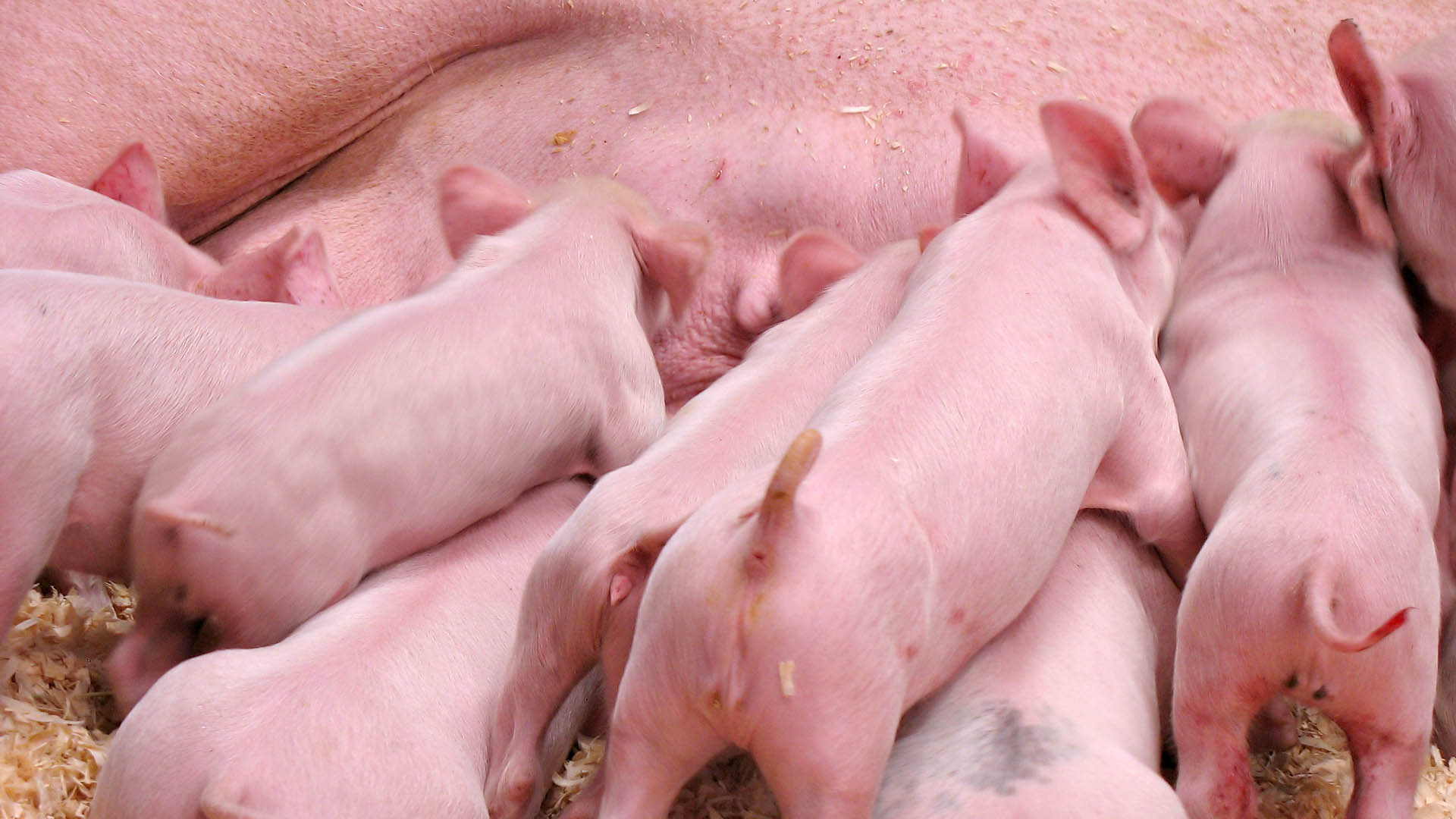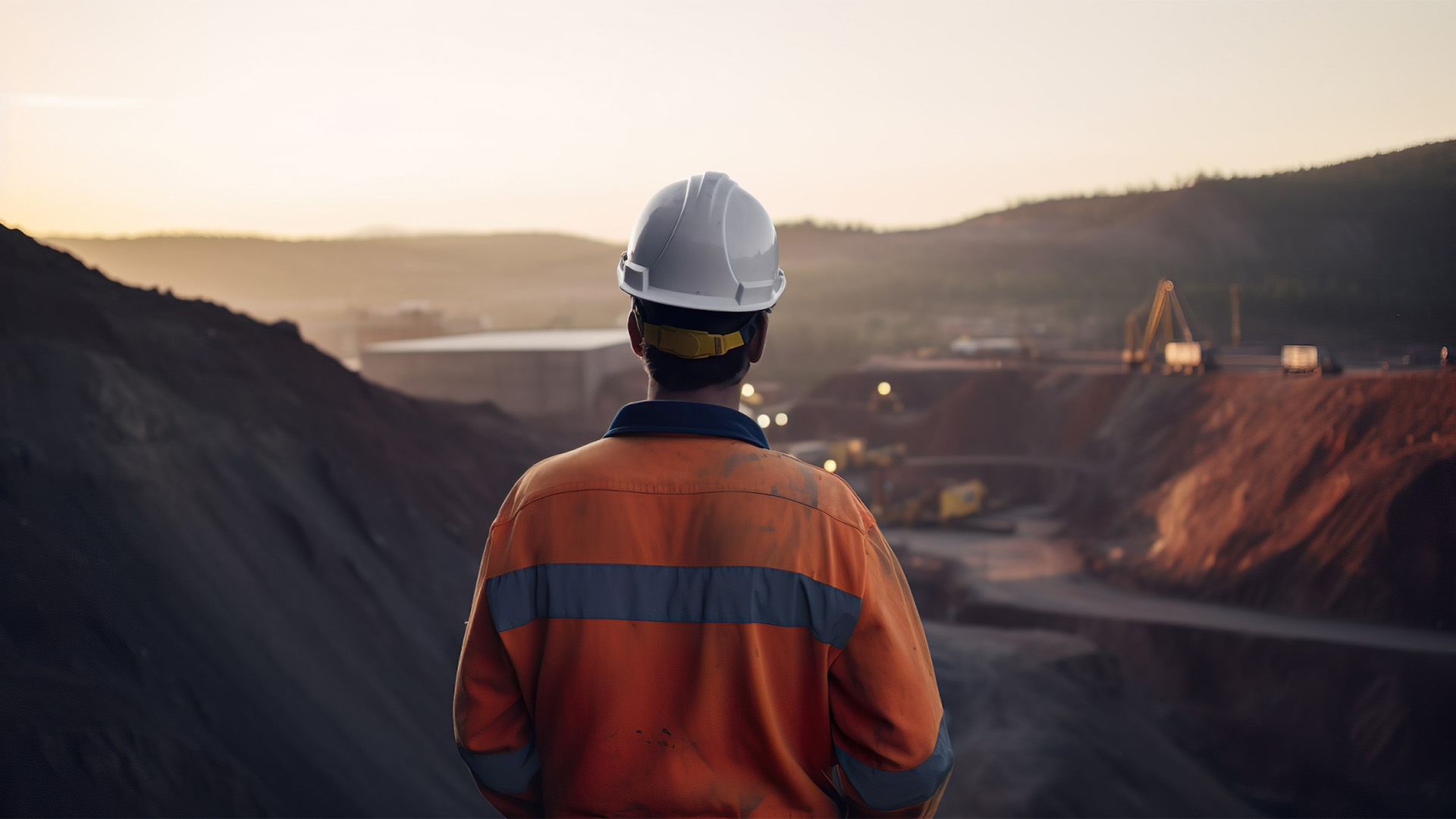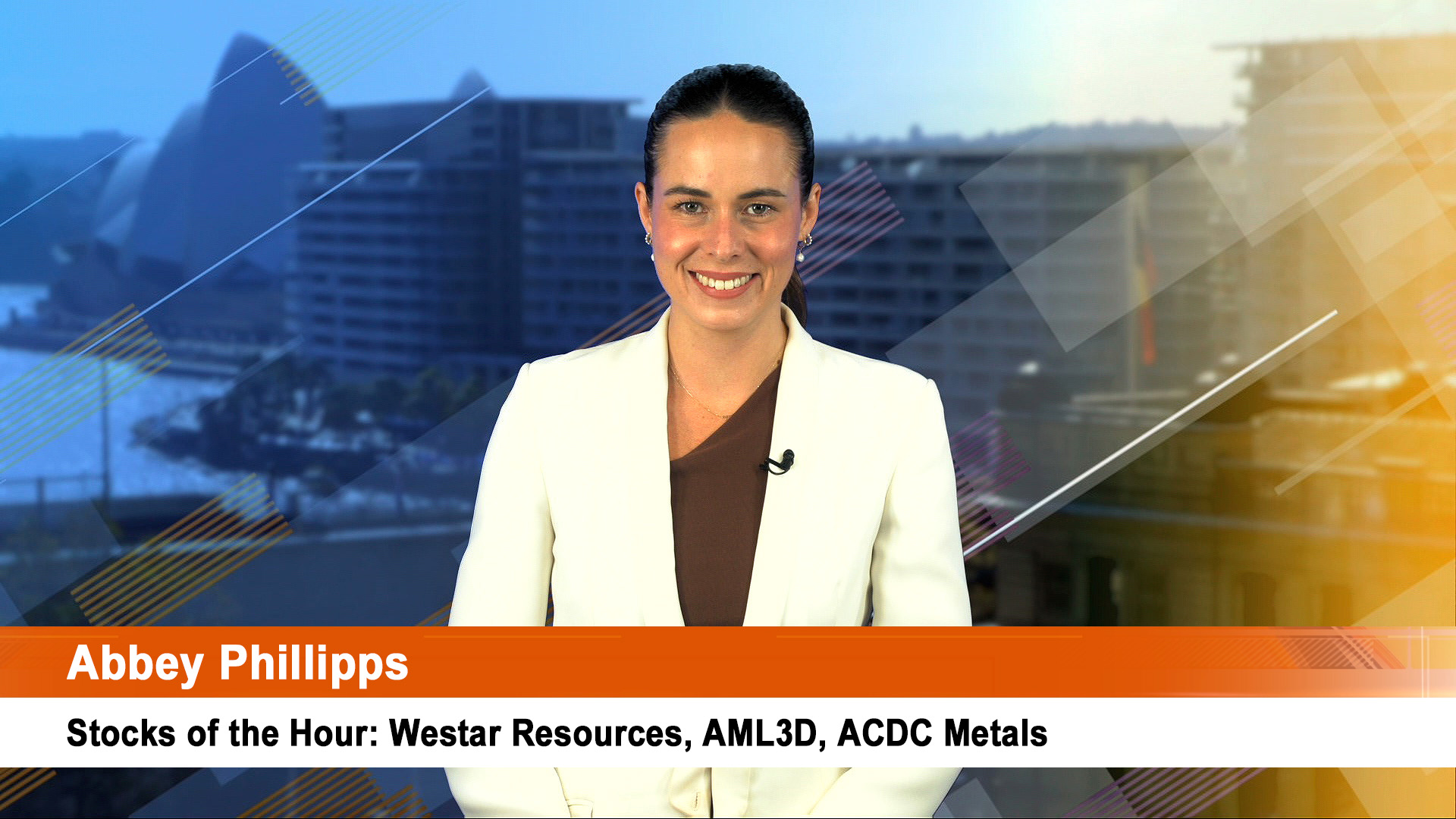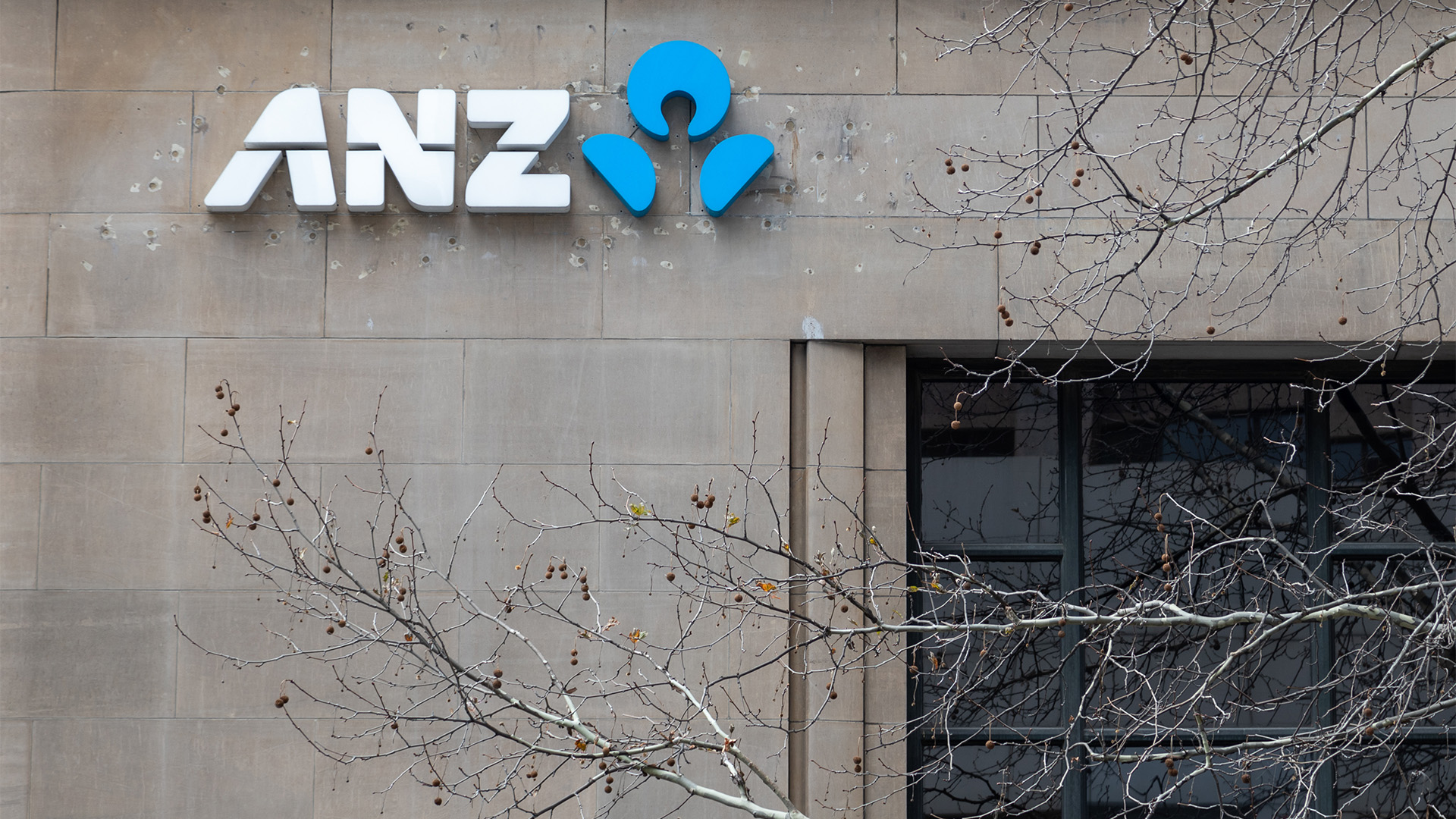
We will get more details on the health of the Chinese economy this week, but already there’s a story in the official Chinese media on the economy, claiming that the recovery there won’t be a sharp V-shaped bounce, but a more steady U-shaped advance.
Xinhua newsagency reported yesterday that the Chinese economy "has bottomed out and is stabilizing against the global economic downturn, but it would go through a U-turn recovery as a quick recovery could hardly be sustained".
The newsagency quoted a researcher at the country’s top think tank in Beijing
The view is important because of the rising level of importance of China to Australia and our sluggish economy.
The Government, Reserve Bank and other commentators all point to the recovery in the country: indeed RBA Governor Glenn Stevens was quite optimistic in a speech on the Australian economy in Townsville last week
"The clearest signs of growth are in China, where our estimates are that industrial production had recovered all the losses by March.
"China does not publish quarterly GDP growth rates, but our best estimates are that the March quarter growth rate picked up relative to the weak outcome in the December quarter.
"The improvement in conditions in other emerging economies in Asia may be partly related to the pick-up in China.
“Quite a marked bounce in industrial output has occurred in Korea and Taiwan, and a similar pattern looks to be emerging in several other countries in the region."
Recent figures (see below) would support the news from Xinhua that the Chinese economy is muddling along and that’s what analysts will be looking for in this week’s data flow.
Xinhua’s report said: "Although the economy has bottomed out, it was touching a flat bottom, instead of a V-shaped bottom," said Zhang Wenkui, deputy director of the enterprise research institute under the Development Research Center of the State Council, a government think tank, at a forum.
"However, China’s recovery will be "very mild" and "unstable", and a quick, stable, and sustained recovery is not likely, he said.
"Zhang said he made the predictions on the performance of three drivers of the economy, namely investment, export and consumption.
"China’s fixed asset investment jumped 30.5 percent in the first four months, however, the robust growth was mainly a result of investment on government-sponsored infrastructure projects, and investment in the manufacturing sector was still lower than in previous years, he said.
"This showed manufacturers are not very confident in the future growth in demand, he added.
"China’s exports merely increased 17.2 percent last year, and even fell 22.6 percent in the first four months, making negative contribution to the overall economy at present, Zhang said.
"China’s consumer spending was very strong, and consumer demand, as gauged in retail sales, expanded 14.8 percent year on year in April, but the growth was weaker than that of last year, said Zhang."
Industrial production is growing moderately: up 8.3% and 7.3% in March and in April, respectively.
That might be up from the 3.8% for January and February combined, but the April figure was half that in the same months a year ago.
On top of this other figures say electricity consumption fell again in May; the government’s trying to boost property development by lowering the loan to valuation ratio for the first time in 13 years and a senior trade official has warmed up the market by warning that the country’s "foreign trade sector now faces unprecedented difficulties”.
In reality the warning by Vice Minister of Commerce Zhong Shan last week on the external sector, was a message that China now expects exports to remain weak for the rest of the year:
"It’s increasingly difficult to make a quick turnaround and the situation will remain gloomy in the second half year," Zhong said.
Xinhua said he made the remarks at a national meeting on export credit insurance.
"Zhong urged more focus on exports of labor-intensive products and high-tech products and stressed the importance of upgrading trade structure."
No wonder there are reports that trade through the country’s major ports is off around 15% from a year ago and flat for the past two months.
Another report quoted on Xinhua and other Chinese news websites was the continuing fall in China’s power generation in May.
The reasons for this fall and its meaning have become a major discussion point inside China among analysts and externally: one view says it shows the continuing flatness in the economy, others that the impact of restructuring and the closing of high power consuming older production facilities and this was disguising the recovery in consumption.
Anyway, the media reports said China consumed 289.7 billion kwh of electricity in May, down 3.54% from May 2008.
That was little changed from April’s fall of 3.55% from April last year. But it is better than the 9.6% fall last November.
And the Chinese government has cut the "financial requirement ratio of commercial property investment" with the obvious objective of boosting the commercial and residential property markets which have refused to show any life, despite claims that there have been signs of increased ac













